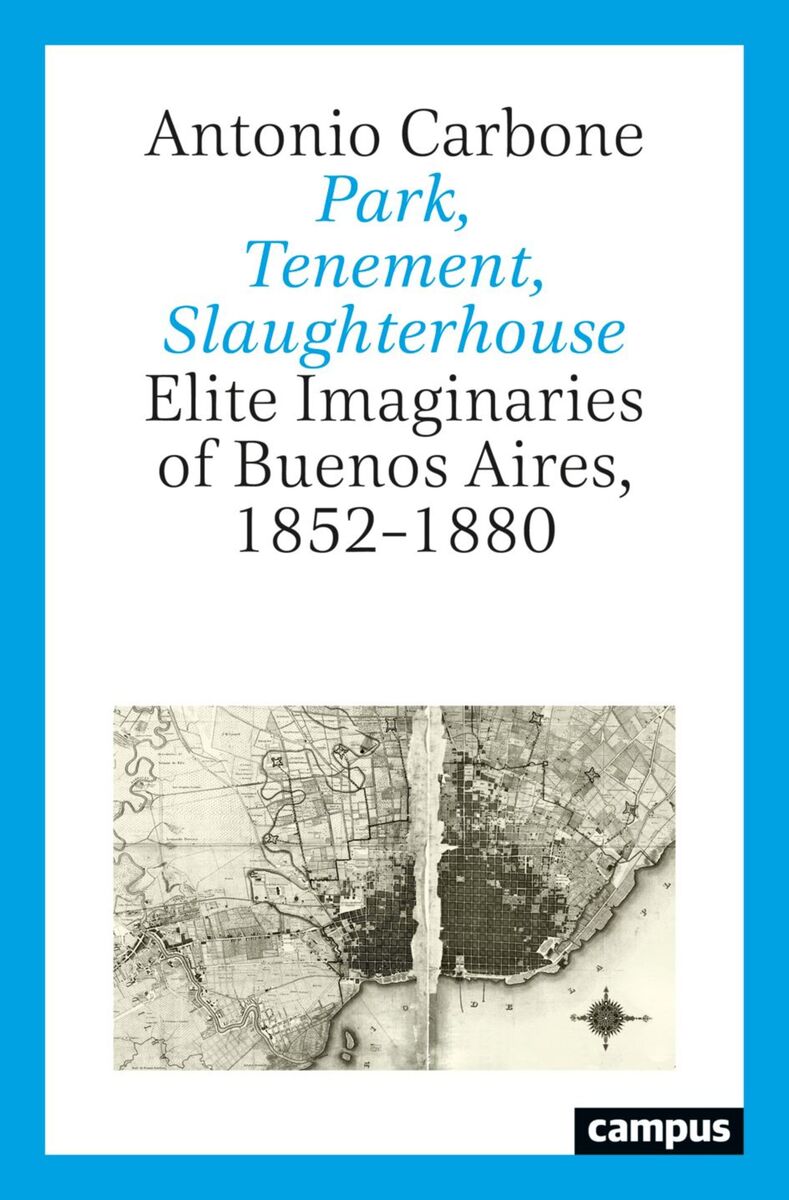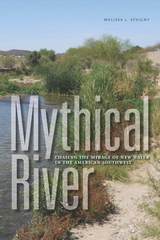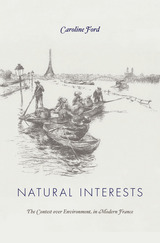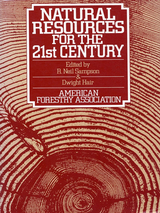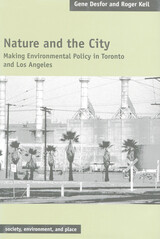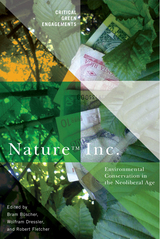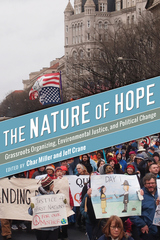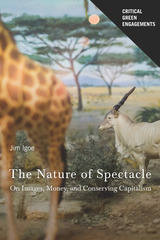Park, Tenement, Slaughterhouse: Elite Imaginaries of Buenos Aires, 1852–1880
Campus Verlag, 2022
Paper: 978-3-593-51502-1
See other books on: Central America | History | Latin America | Park
See other titles from Campus Verlag
Paper: 978-3-593-51502-1
ABOUT THIS BOOK | AUTHOR BIOGRAPHY | REVIEWS | TOC
ABOUT THIS BOOK
An analysis of what the history of epidemic diseases can reveal about urban planning.
In the 1860s and 1870s, Buenos Aires was hit by a series of dramatic cholera and yellow fever epidemics that decimated its population and inspired extensive debates on urban space among its elites. The book takes readers into three intriguing spaces—the slaughterhouses, the tenements, and the park of Palermo—which found themselves at the center of the discussions about the causes of epidemic disease. The banning of industrial slaughterhouses from the city, reform of tenement houses, and construction of a major park promised to tackle the problem of disease while giving rise to new visions of the city. By analyzing the discussion on these spaces, the book illuminates critical spatial junctures at the crossroads of both local and global forces and reconstructs the interconnection between elite imaginaries and the production of space. Park, Tenement, Slaughterhouse reveals that the history of epidemic diseases can tell us a great deal about urban space, the relationships between different social classes in cities, and the articulations of global and local forces.
In the 1860s and 1870s, Buenos Aires was hit by a series of dramatic cholera and yellow fever epidemics that decimated its population and inspired extensive debates on urban space among its elites. The book takes readers into three intriguing spaces—the slaughterhouses, the tenements, and the park of Palermo—which found themselves at the center of the discussions about the causes of epidemic disease. The banning of industrial slaughterhouses from the city, reform of tenement houses, and construction of a major park promised to tackle the problem of disease while giving rise to new visions of the city. By analyzing the discussion on these spaces, the book illuminates critical spatial junctures at the crossroads of both local and global forces and reconstructs the interconnection between elite imaginaries and the production of space. Park, Tenement, Slaughterhouse reveals that the history of epidemic diseases can tell us a great deal about urban space, the relationships between different social classes in cities, and the articulations of global and local forces.
See other books on: Central America | History | Latin America | Park
See other titles from Campus Verlag
